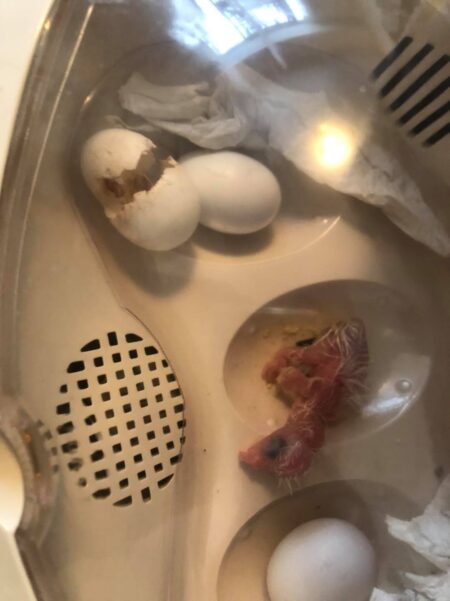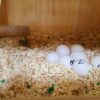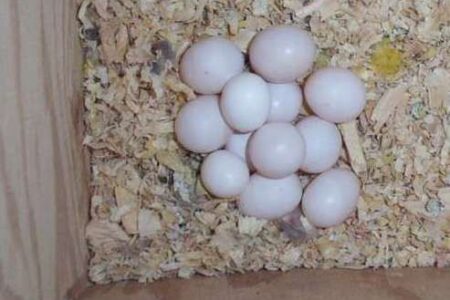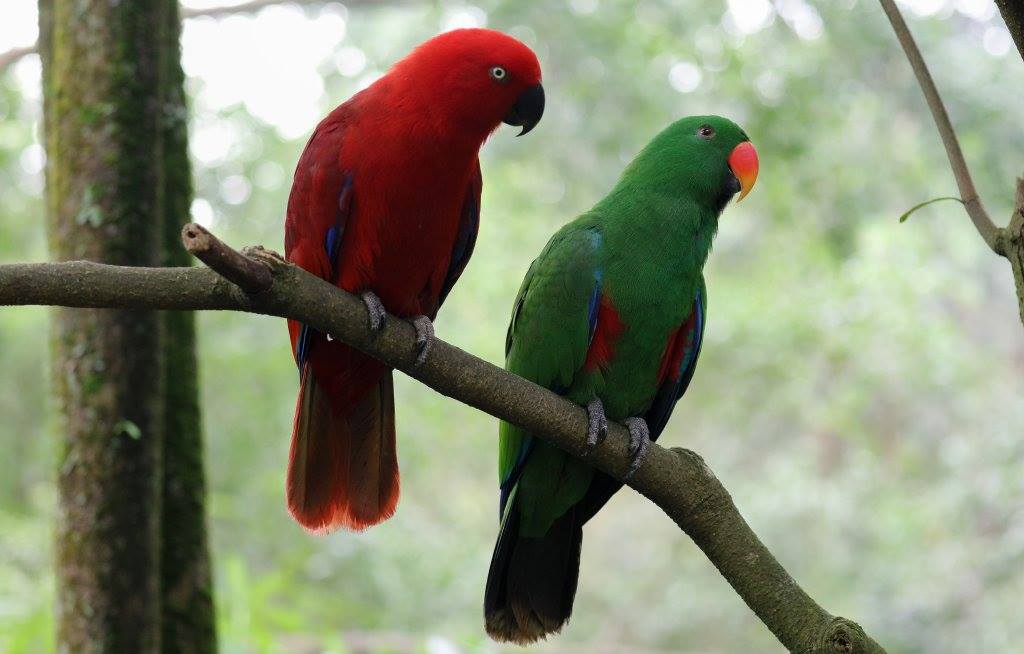Cockatoo Eggs – Buy Citron Cockatoo Eggs For Sale
The citron-crested cockatoo (Cacatua citrinocristata) is a medium-sized cockatoo with an orange crest, dark grey beak, pale orange ear patches, and strong feet and claws. The underside of the larger wing and tail feathers have a pale yellow color. The eyelid color is a very light blue. Both sexes are similar. Females have a copper-colored eye, while males have a very dark black eye.
$80.00
- Description
Description
The citron-crested cockatoo eggs (Cacatua citrinocristata) is a medium-sized cockatoo with an orange crest, dark grey beak, pale orange ear patches, and strong feet and claws. The underside of the larger wing and tail feathers have a pale yellow color. The eyelid color is a very light blue. Both sexes are similar. Females have a copper colored eye where as the male has a very dark black eye.
It is endemic to Sumba in the Lesser Sunda Islands in Indonesia. The diet consists mainly of seeds, buds, fruits, nuts and herbaceous plants.
In 2022, Birdlife International recognized the citron-crested cockatoo as a separate species, Cacatua citrinocristata, assessed as Critically Endangered, while the International Ornithological Congress designated it to be a species in 2023.
The citron-crested cockatoo eggs is a critically endangered bird whose population has declined due to habitat loss and illegal trapping for the cage-bird trade. A 1993 survey of Sumba estimated the species’ numbers at less than 2,000 individuals. By 2012, the estimate had dropped to 563. Together with the other subspecies of the yellow-crested cockatoo, it is listed in appendix I of the CITES list. Consequently, international trade is strongly regulated, and trade in wild-caught citron-crested cockatoos is illegal.
This species is recognized as separate from C. sulphurea and is assessed here for the first time. Despite an apparent recent stabilization of this long-lived species’s population, it remains unrecovered from its 1980s population size, when the species was being exported in its thousands annually from Sumba for the pet trade. The overall population reduction over the past three generations (43 years) is suspected to have been well over 80%. Even if the apparent mean stability of the population since 1992 continues, the scale of the reduction is sufficient that the rate of reduction will continue to meet thresholds for listing as Critically Endangered for several years to come. Recent information suggests that trapping is continuing and, since 2017, has once again been increasing in intensity, with an associated increase in price per bird. Although the future rate of reduction is suspected to be at a lower rate, the resumption of trapping at a high intensity (from a much lower total population size) will potentially severely impact the species in the near future.








